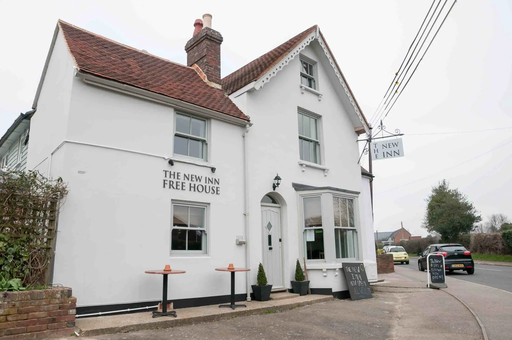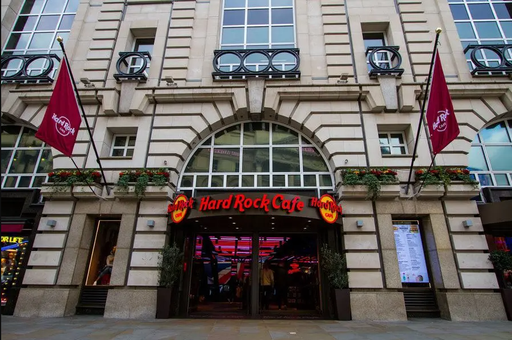Understanding your audience and how they behave is critical to your planning, strategy, and marketing activity.
Firstly, let’s define what we mean by these terms. What is Customer Acquisition, or for that matter, Customer Retention?
Customer retention is to keep your customers coming back over a period of time, whether they make repeat purchases, consistently visit your website and engage with your content, continue to buy from you or in some way not defect to a competitor, or non-use entirely.
Whereas customer acquisition, put simply, is the gaining of new customers.
In any business, customer acquisition and customer retention are both important, but identifying and understanding your audience to then directly affect your marketing strategy is key to success.
Should I focus on acquisition or retention?
We’re exploring the question from a marketing perspective. Where should you focus your investment to achieve the most effective marketing campaigns? What sort of activity should you undertake? Who should you target and how?
The real question here is if you’re selling to a finite market or a constantly refreshed audience.
To work out if your audience is finite or constantly refreshed, examine the nature of your conversions and target audience.
- Local proximity to the audience
- What’s the size of the local market?
- Is it a one-off purchase or do you rely on repeat customers?
Not all businesses are the same, and it's possible to have businesses in the same industry who have different types of audience. Here are two examples in a similar industry, but with very different markets and target audiences.
Example 1: My local

My local pub, The New Inn in Westfield, has a surrounding population of around 2,750. Westfield is a small parish on the East Sussex / Kent border after all. It relies on a finite audience and therefore customer retention is key.
Customer acquisition for The New Inn is relatively straightforward, they could flyer the whole village relatively cheaply if they wanted, and attain some new customers, but crucially they need to retain customers for repeat purchases otherwise they’d probably go bust in three months, so their marketing strategy should be very much around building a local community of retained customers:
- Social media to build a sense of community with their local fans.
- Email marketing to their database to keep them engaged with any menu changes, specials, events and so forth.
- Automation to keep audiences in a flow to repeat sales.
- Remarketing campaigns across the Google Display Network and Google Shopping results.
- Local flyers to the residence of Westfield, people who can walk to the pub, and back home again.
These are low-cost, effective methods of marketing, that if done correctly will boost repeat sales and improve customer retention.
Example 2: A "pub" I recently visited, back when things weren't locked down due to the pandemic...

On the other side of the coin, you have The Hard Rock Cafe in Piccadilly with a footfall of around 100 million a year. Many people are only visiting Piccadilly and it might be the only time they visit in a year, or a decade, or even in their lifetime.
Compare the audience of the Hard Rock Cafe to The New Inn, or your local pub. You might go to the pub, or know people that go to the pub, twice a month, some more frequently, some less frequently. But on average, that’s what you might expect. The Hard Rock Cafe has thousands of one-off visitors, your local pub has much less, but with much more regularity.
The Hard Rock Cafe, therefore, has a constantly refreshed audience and it behaves very differently to the finite audience of The New Inn, with the emphasis being on one-off sales versus repeat sales.
Understanding the nature of your audience is key to the way you market your business.
Other examples of a constantly refreshed audience include:
- A-levels
- Engagement rings
- Cosmetic surgery
Every year these types of audiences are constantly refreshed, so the focus should be on getting the new sale. You can’t necessarily retain these customers for regular sales and therefore the marketing should be geared towards customer acquisition.
Examples of a marketing strategy that is geared towards customer acquisition typically include:
- Search engine optimisation for key services or products.
- Google Ads, paid search campaigns or Google Shopping services.
- Facebook Ads, or other social media advertising to lookalike audiences, or target demographics.
Why not apply this sort of analysis to your own business? Try and identify if you have a finite audience or a constantly refreshed audience. You might even have a mix of the two depending on the products you sell, or the services you provide. Understanding your audience and how they behave is critical to your planning, strategy, and marketing activity.
Want to find out more about customer acquisition and customer retention?
To find out more about our digital marketing services and to discuss your requirements, call us on 01323 735800, or email enq@barkweb.co.uk. Alternatively, you can fill in our contact form and our team will get back to you.